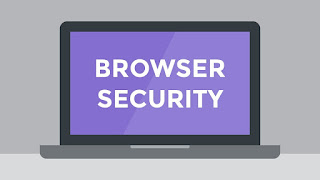A Complete Guide To Handle Browsing Security Threats
Browsing the internet can leave you open to all sorts of online threats. This is why browsing security is just as important as antivirus. Unfortunately, there is no total solution for secure browsing. Instead, you must use common sense and be aware of the potential threats. Here are a few tips to help improve your browsing security.
1. Use a Password Manager
As well as saving your encrypted passwords in one place and letting you use more complex passwords without having to know them by heart - many password managers have password breach detection which scans the dark web for breached password and alerts you if one of your passwords has been compromised.
2.
Clear Your
Cookies & Cache Regularly
Sensitive data can be stored in your cache and can be extracted by other sites on the internet. It is a good idea to clear your cookies and cache regularly. Many browsers – such as Google Chrome – have settings which can automatically clear them at the end of each browsing session.
3.
Use
Incognito Mode
Incognito mode keeps no record of your history, cookies or passwords. It is always advisable to use this mode if you are browsing on a machine that is not your own (such as at a library). Be aware though that incognito mode does not hide your activity from your ISP or anyone who is in control of, and monitoring, the network.
4.
Turn Off
Autofill
Autofilling passwords are convenient but can end up
revealing information accidentally. They are also not fool proof and may give
away your login credentials on spoof websites if they are well designed enough.
We hope these tips have been easy to follow. For better browsing security,
remember to use common sense and always lean towards too much caution rather
than too little.


Comments
Post a Comment